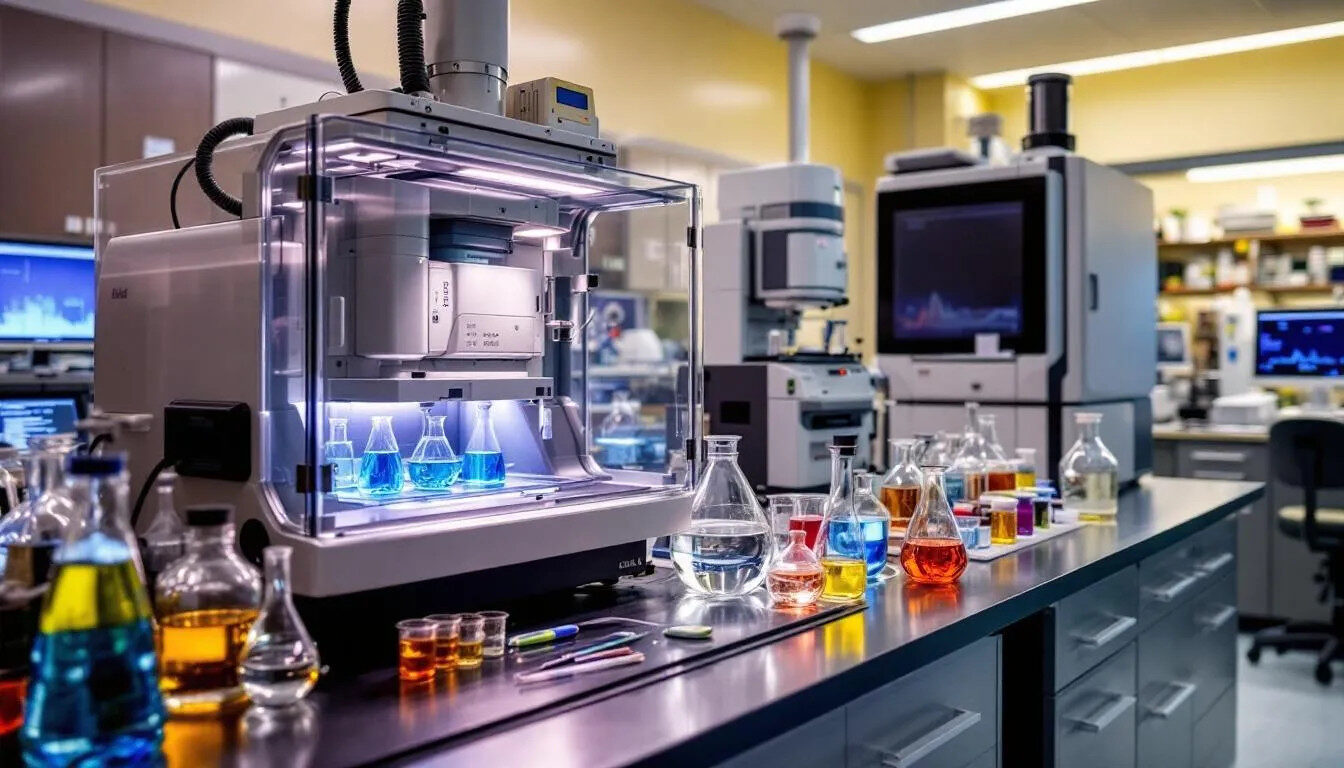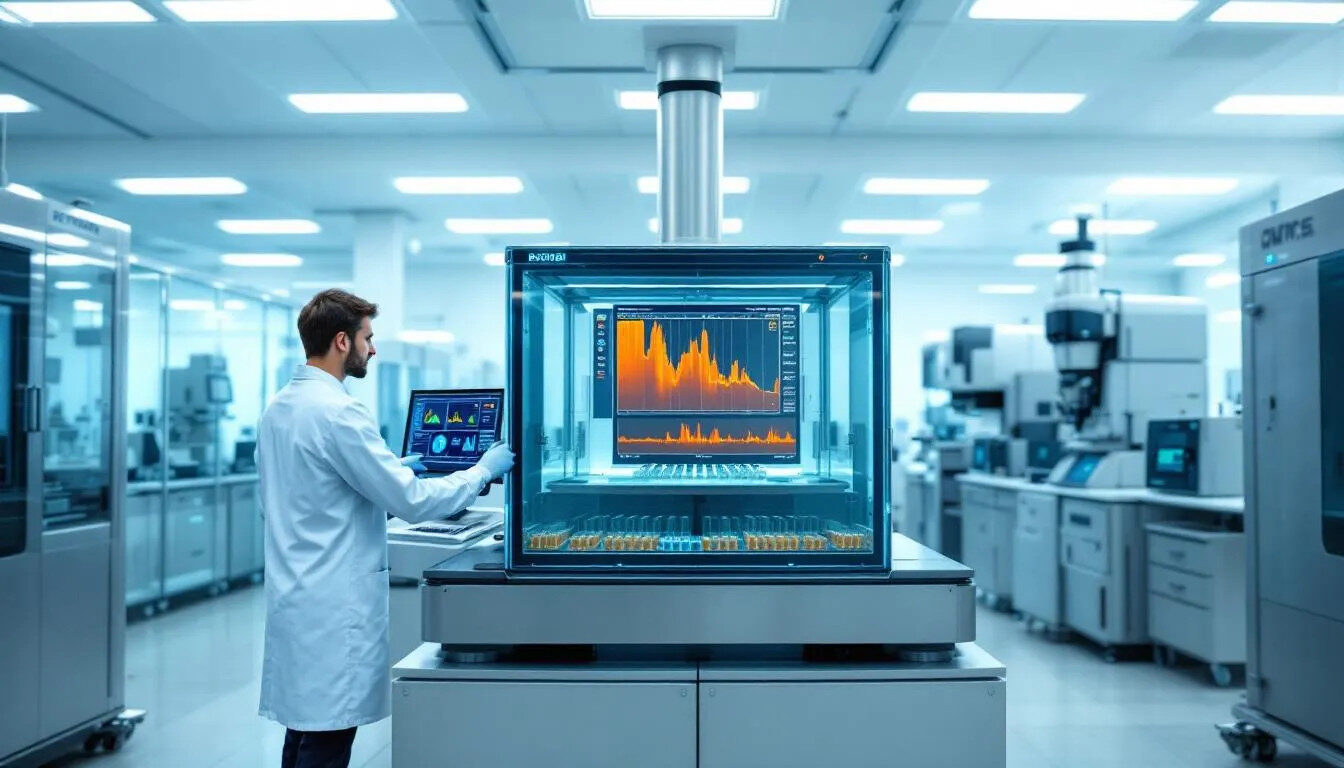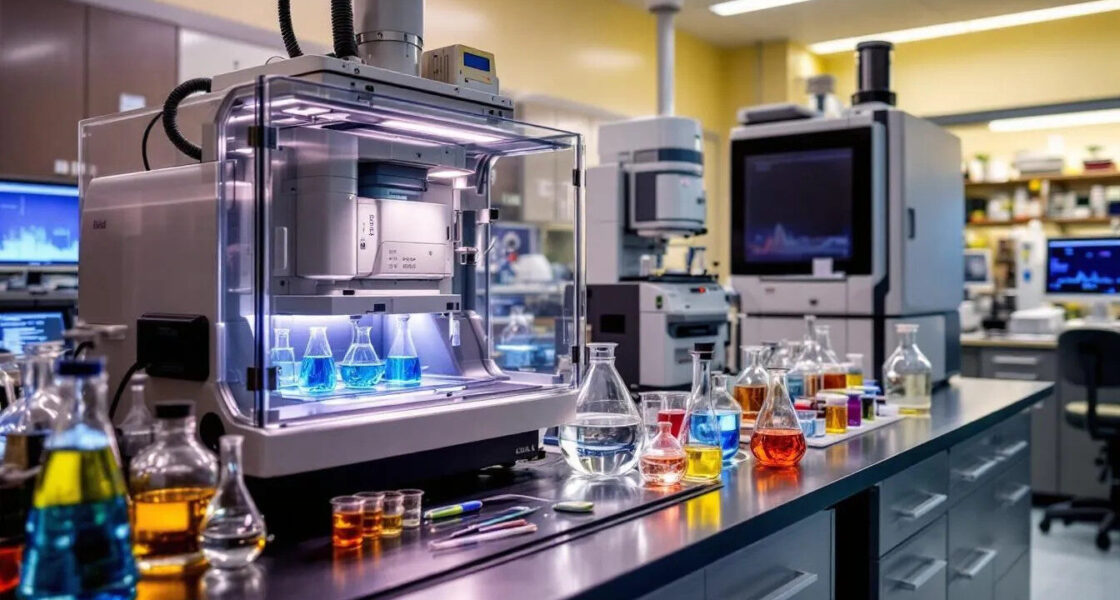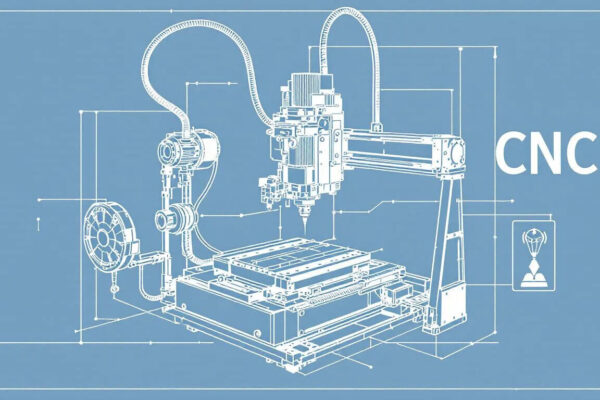Key Takeaways
- Element material technology studies, develops, and applies materials based on individual elements such as titanium, carbon, and rare earth elements.
- Key applications include aerospace, automotive, electronics, and renewable energy, using elements like lithium for batteries and silicon for semiconductors.
- Advanced testing methods such as X-ray fluorescence (XRF), energy-dispersive X-ray spectroscopy (EDS), and inductively coupled plasma mass spectrometry (ICP-MS), along with electron microscopy and mechanical testing, ensure material quality and performance.
- Standards including ASTM E8/E8M and ISO 6892 define testing and certification processes.
- Emerging technologies such as graphene applications, quantum materials, and sustainable recycling concepts shape the future of this field.
Understanding Element Material Technology
Elemental materials technology forms the foundation of modern industrial innovation. It drives advances in aerospace engineering, electronics, automotive systems, and renewable energy. As industries demand high-performance materials with precise elemental compositions, engineers and manufacturers require a deep understanding of how individual elements translate into practical applications.
This discipline focuses specifically on the properties of elements and their compounds, from atomic structure to real-world performance. Unlike general materials science, it emphasizes how the fundamental characteristics of elements enable tailored engineering solutions.

Historically, the field evolved from metallurgy in the 1800s to today’s nanotechnology and quantum materials. Early discoveries linked elements with characteristic properties—iron for strength, copper for conductivity, and gold for corrosion resistance. Today, advanced techniques allow precise control at the atomic level, supported by sophisticated testing.
Core principles include atomic structure, bonding behavior, crystal lattices, and processing effects. Understanding periodic table trends helps engineers predict which elements will best meet application requirements.
Materials are typically classified into four groups: metals, semiconductors, ceramics, and composites. Each category exhibits distinct properties that determine their suitability for structural, electronic, or functional applications.
Critical Elements in Modern Technology
Silicon (Si): Essential for semiconductors and solar cells. Its electronic properties enable doping and efficient energy conversion.
Lithium (Li): Key in batteries for electronics and electric vehicles due to its lightweight nature and high electrochemical potential.
Rare Earth Elements (REE): Neodymium, dysprosium, and europium enable high-performance magnets and displays, though supply is limited.
Carbon-Based Materials: Diamond (exceptional hardness), graphite (lubrication, conductivity), and carbon nanotubes (strength-to-weight, electrical performance).
Transition Metals: Titanium (strength, corrosion resistance), tungsten (high melting point), platinum (catalysis).

Industry Applications and Use Cases
| Industry | Key Elements | Applications | Benefits |
|---|---|---|---|
| Aerospace | Titanium, Carbon, Ni | Aircraft frames, engines | Lightweight, heat resistance |
| Electronics | Silicon, Gallium | Semiconductors, displays | Electrical performance |
| Automotive | Aluminum, Lithium | Body panels, batteries | Efficiency, safety |
| Energy | Rare earths, Silicon | Wind turbines, solar panels | Reliability, efficiency |
| Medical | Titanium, Platinum | Implants, instruments | Biocompatibility, durability |
The global advanced materials market exceeds USD 100 billion annually, with strong growth in renewable energy and electronics (according to industry reports).
Aerospace & Defense
Ti-6Al-4V (Titanium alloy): Widely used for aircraft structures; excellent strength-to-weight ratio; requires strict process control.
Nickel-based superalloys: Critical for turbine blades in extreme temperatures; optimized for creep resistance, oxidation stability, and reliability.
CFRP (Carbon Fiber Reinforced Polymers): Combine high stiffness with weight reduction; testing covers mechanical properties and long-term durability.
Beryllium components: Low density, high stiffness; require strict safety and handling protocols.

Case study: Boeing 787 Dreamliner uses ~50% composites by weight, demonstrating efficiency and performance gains.
Electronics & Semiconductors
Silicon wafers: Ultra-high purity and controlled crystal growth are essential for integrated circuits.
Gallium arsenide (GaAs): Favored for high-frequency and optoelectronic devices; requires specific safety and process considerations.
Indium tin oxide (ITO): Transparent conductor for displays; optical and electrical performance must be verified.
Copper interconnects: Offer lower resistance than aluminum; require reliability testing (e.g., electromigration).
Gallium nitride (GaN): Enables high-frequency, high-temperature power electronics; qualification follows strict reliability standards.
Material Testing and Standards
Testing ensures safety and reliability in critical sectors. Methods include:
- Spectroscopy: X-ray fluorescence (XRF), energy-dispersive X-ray spectroscopy (EDS), inductively coupled plasma mass spectrometry (ICP-MS) for composition and impurities.
- Mechanical testing: Tensile (ASTM E8/E8M), hardness, fatigue, thermal analysis.
- Electrical testing: Conductivity and resistivity measurements.
Compliance with ASTM, ISO, and IEC standards ensures certification and traceability, particularly in aerospace and medical industries.

Advanced Manufacturing
- Surface treatments: Ion implantation and plasma processing modify material performance.
- Additive manufacturing (3D printing): Enables complex geometries from powders.
- Thin-film processes (PVD, CVD): Control surface properties.
- Powder metallurgy: Produces complex shapes with minimal waste.
- Single crystal growth: Critical for semiconductors.

Emerging Trends
- Graphene: Exceptional properties with projected USD 1.2 billion market by 2028 (industry estimates).
- Quantum materials: Potential for next-generation computing and energy.
- Bio-inspired materials: Mimicking natural structures for strength, adhesion, efficiency.
- Sustainability: Recycling and life-cycle assessment gaining importance.
- AI-driven discovery: Accelerating material development timelines.
Supply Chain and Strategic Considerations
- Geopolitical risks: Rare earth supply dominated by China (~80%).
- Strategic stockpiling: US and EU maintain reserves.
- Alternative materials: Research into substitutes and recycling to reduce dependency.
Conclusion
Elemental materials technology continues to shape the future of high-performance industries. From aerospace and medical devices to renewable energy, mastering the properties of individual elements is essential for sustainable innovation and reliable engineering solutions.
Frequently Asked Questions
How does elemental materials technology differ from general materials science?
It focuses on elemental properties and their engineering applications, while general materials science covers broader categories like polymers and biomaterials.
How long does it take to commercialize a new material?
Typically 10–20 years, though AI and computational methods are reducing this to 5–10 years.
Which industries are most dependent on rare earth elements?
Electronics, renewable energy, automotive, and defense.
How do environmental regulations impact development?
They drive cleaner processes, recycling, and substitution research.
What role does this field play in renewable energy?
Critical elements like lithium, cobalt, and nickel enable battery technology, while rare earths are essential for wind turbine magnets and solar panel efficiency, making element material technology fundamental to renewable energy infrastructure. Silicon remains crucial for photovoltaic cells, while advanced materials enable more efficient energy conversion and storage systems. The transition to renewable energy has created unprecedented demand for specific elements, driving innovation in extraction, processing, and recycling technologies.




